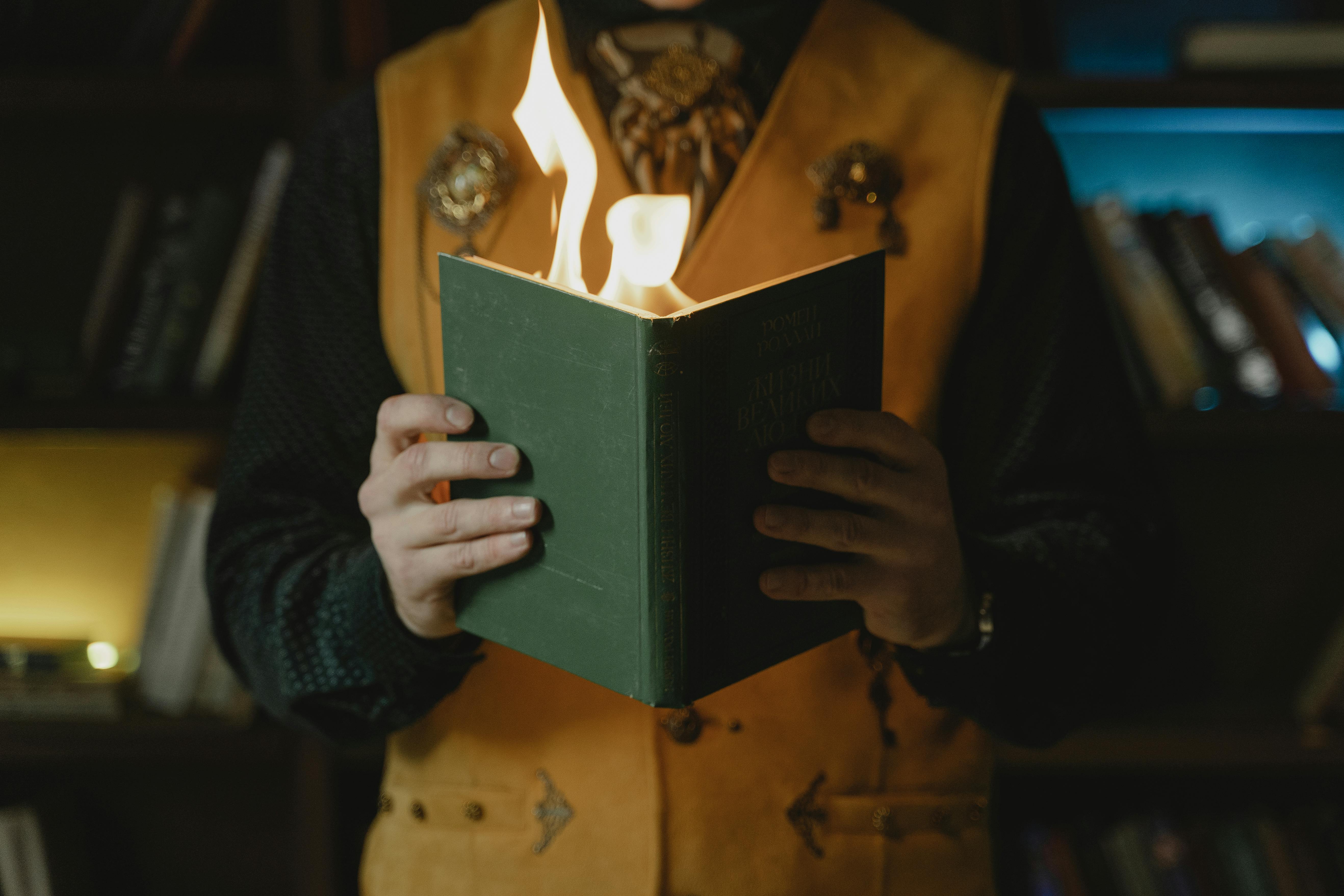Lewis & Clark Expedition – Difficulties and Dangers Routinely Encountered
Much more is said about the enormous success of the Lewis and Clark Corps of Discovery expedition westward than about the difficulties and dangers they faced on a daily basis without a second thought. In reality, due to these constant difficulties and dangers, they were lucky to reach the Pacific coast and return alive.
Some of the hardships they endured were lack of privacy, routine illnesses, poor hygiene and medical treatments, boils / sores, accidental injuries, stab or gunshot wounds, falls / spills, biting insects (in abundance), poisonous snakes, thorny plants, bad weather, extreme temperatures, violent storms, hail, flooding, getting lost, stress, hunger, lack of sleep, exhaustion, aches, pains, encounters with wild carnivorous animals (bears), depletion of commercial goods and possible deaths.
Ten difficulties and dangers summarized
1. Without privacy. Camping and living outdoors. Also, tight quarters in boats, canoes and palisades. Finding the time and place for personal needs when not camping: for example, to rest, sleep, rest, heal, make or mend your clothes / shoes, take care of yourself to regain health, trim hair, mustaches, nails fingers and toes and have places to bathe and use the latrine if one exists.
2. Disease. Sores, boils, dysentery, gastric upset, flatus, sunburn, dehydration, colds, flu, frostbite, constipation, blocked menstruation, headaches, appendicitis, toothaches, mouth sores, dental problems, potential pneumonia, cholera, venereal diseases and smallpox. Also, poor hygiene practices, such as not having personal or prophylactic toothbrushes, can cause health problems. Also, certain medical treatments, such as bleeding, did not cure diseases. Also, her water wasn’t always sterile and Sacagawea didn’t pamper her baby.
3. Human conflict. Disagreements caused by stressful conditions: for example, by not doing one’s part of the job, by meddling in the personal affairs of a crew member, by meddling in disagreements among the natives themselves, by not understanding different cultures and their ways of life, by long and tense, or failed in the negotiation with the tribes, or by being too competitive with them.
Four. Be lost. By taking the wrong trail or tributary, by causing a guide to be confused by the ever-changing terrain, or by wandering too far from camp alone or without the proper arms or support. Note: a young crew member was lost for two weeks while recovering two lost horses.
5. Bad weather. Heavy rain, high winds, heat, sun, thunderstorms, hail, lightning, flash floods, river snags, weather-induced boat spills, rain / freezing temperatures (-45 ° F in North Dakota), ice / sleet / snow. Note: Clark along with his slave and hired interpreter and his wife, Sacagawea, and their baby narrowly escaped a flash flood. They had sought shelter from storms under overhanging rocks, but instead found a rapidly growing flood. Clark lost his compass, his shooting bag, and his tomahawk. Sacagawea lost her son’s crib board (rear rack).
6. Bad choices (only a few). By making poor decisions under high pressure or unfavorable circumstances: for example, by not avoiding known unfriendly tribes, by openly venting anger at others for many reasons, for example, lost or stolen property, by being jealous of friends / relationships, feeling insulted, or distracted from necessary routine tasks or the purpose of the trip.
7. Exhaustion. From heatstroke or strenuous work (dragging the keelboat upstream or transporting boats / supplies around waterfalls or rapids), from carrying cargo or game, from walking on the bank of a slippery / muddy / rocky river, from climbing hills / trees , for doing heavy work, such as, construction and palisades to seal the mud, or making underground hiding places and canoes, and for the loss of sleep.
8. Starvation. Lack of food in the mountains (they ate candles and foals there), lack of grass / tree bark for the horses, getting lost without food, weakened by food shortages when / where no game was available. Note: each crew member could eat about nine pounds of meat a day. Sacagawea helped the body with this situation by finding and collecting many wild edibles.
9. Injury. Cuts, bruises, scrapes, scrapes, cactus punctures, leg / arm sprains, broken bones, insect / mosquito bites (sometimes mosquitoes were so thick that they got into their eyes, ears and mouths), falls from horses, horse falls / tripping over the herd or rider, possible snake bites, prickly plant bites, pierced moccasins, sore and bleeding feet / legs, body aches / pains (feet / back / shoulders), claw bites / injuries wild animals and knife or gunshot wounds.
10. Potential death (accident, injury or illness). Falls from high cliffs and horses, disease, flash floods, river drowning, boat spills, sudden storms, or wild animals e.g. snakes, cougars, wolves, buffalo, grizzly bears (numerous close calls occurred during the trip). Notes: one tribe wanted to kill the body for its looting, but did not. Various other tribes could have defeated the body at different times if they really wanted to. A member of the body died on the western leg of the trip, apparently of appendicitis. Everyone else lived the entire trip.
Although much of the body’s success can be attributed to 1) its careful preparation beforehand, 2) its vast supplies to start with, and 3) its well-trained, diverse, and self-sufficient members, many historians claim that they could not have done that long. successful journey without the generous help of the Native American tribes they met along the way. Historians are right. The body could not have made that dangerous voyage of exploration without the help of the Indians. Still, the body overcame numerous difficulties and dangers on its own.
